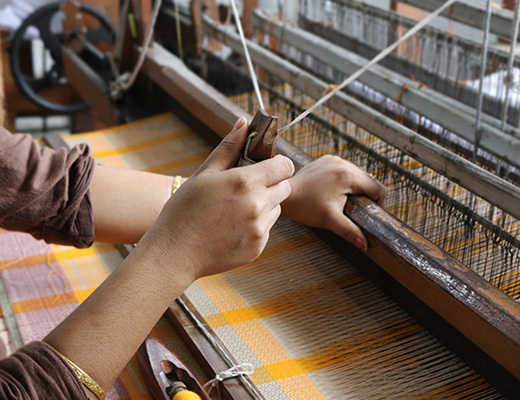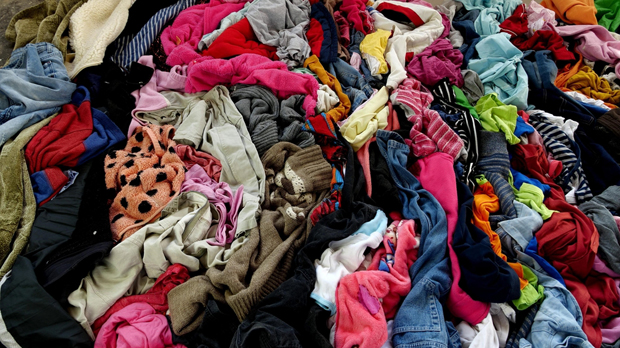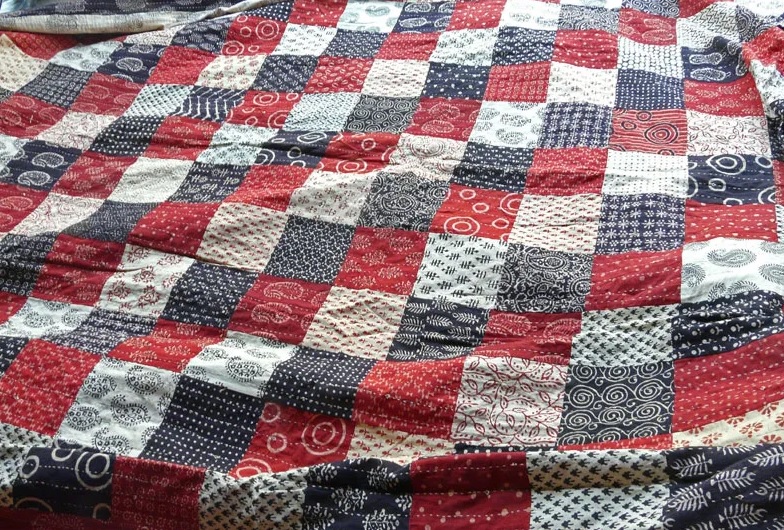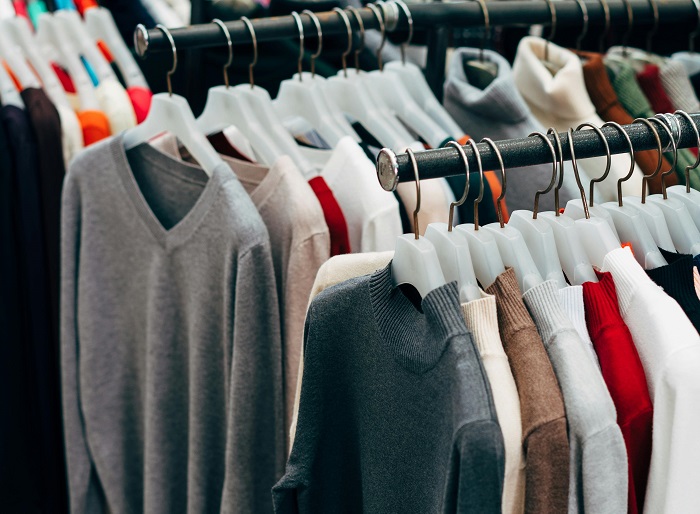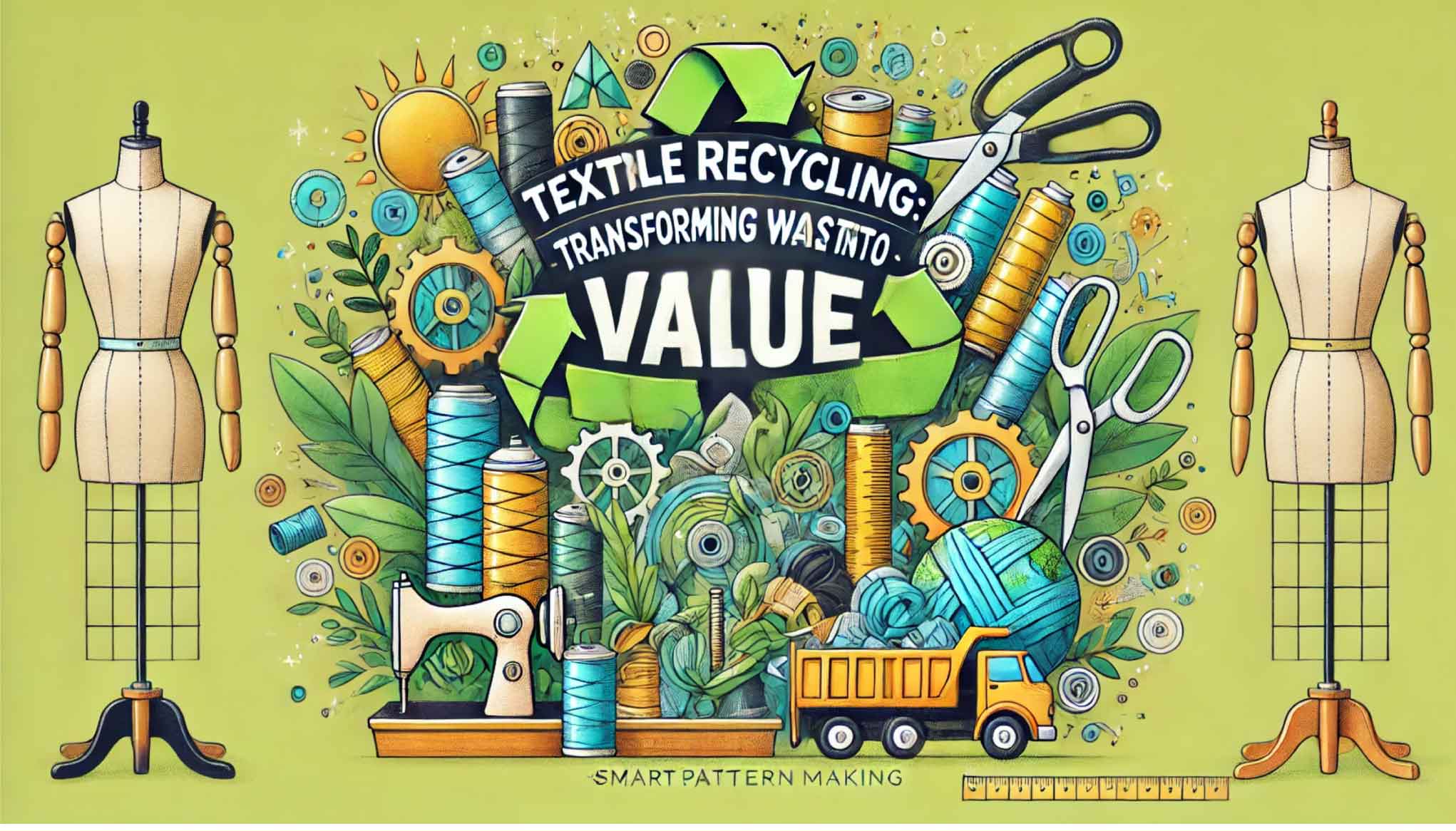Cotton textile and garment exporters are anticipating a notable 8-10% upswing in overseas shipments within the upcoming months, attributed to the forthcoming holiday season in developed markets.
Despite this optimism, the apparel export sector remains subdued due to order postponements and demands for price reductions, primarily caused by inflation and economic deceleration in advanced economies.
A spokesperson from the industry acknowledged that India's clients for apparel exports have deferred orders and sought lower prices, due to accumulated inventory since the pandemic.
Exporters are pinning their hopes on the Christmas season in the upcoming quarter to mitigate the persisting downturn. Notably, there was a 6% rise in cotton textile exports in July, and this momentum is anticipated to continue through the July-September period. Although there are encouraging signs in the yarn sector, inflation continues to impact ready-made garment exports unfavorably.
The representative stated, "We anticipate ending the year positively with an 8-10% surge in the foreseeable future. Both ready-made garments and home textiles are projected to experience growth in the next few months."
However, a challenge lies in the fact that India's apparel exports have been heavily concentrated in the US and EU markets, these regions constitute around 50% of India's textiles and apparel exports. Thakur highlighted that while orders haven't ceased entirely, they often involve deferral by a few months and price reduction requests.
Official estimates revealed that in the first quarter of the fiscal year, apparel exports faced declines of about 23%, 13%, and 17% in April, May, and June, respectively. The overall quarter experienced a significant year-on-year drop of 17.7%, amounting to $3.69 billion in 2023 compared to $4.49 billion in 2022.
Despite these challenges, the importance of diversifying export markets and adjusting the composition of the export basket. While global demand for man-made fiber (MMF) apparel is growing, India's current offering is heavily skewed towards cotton.


